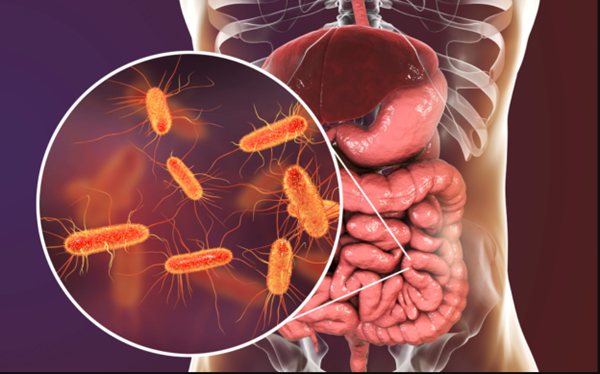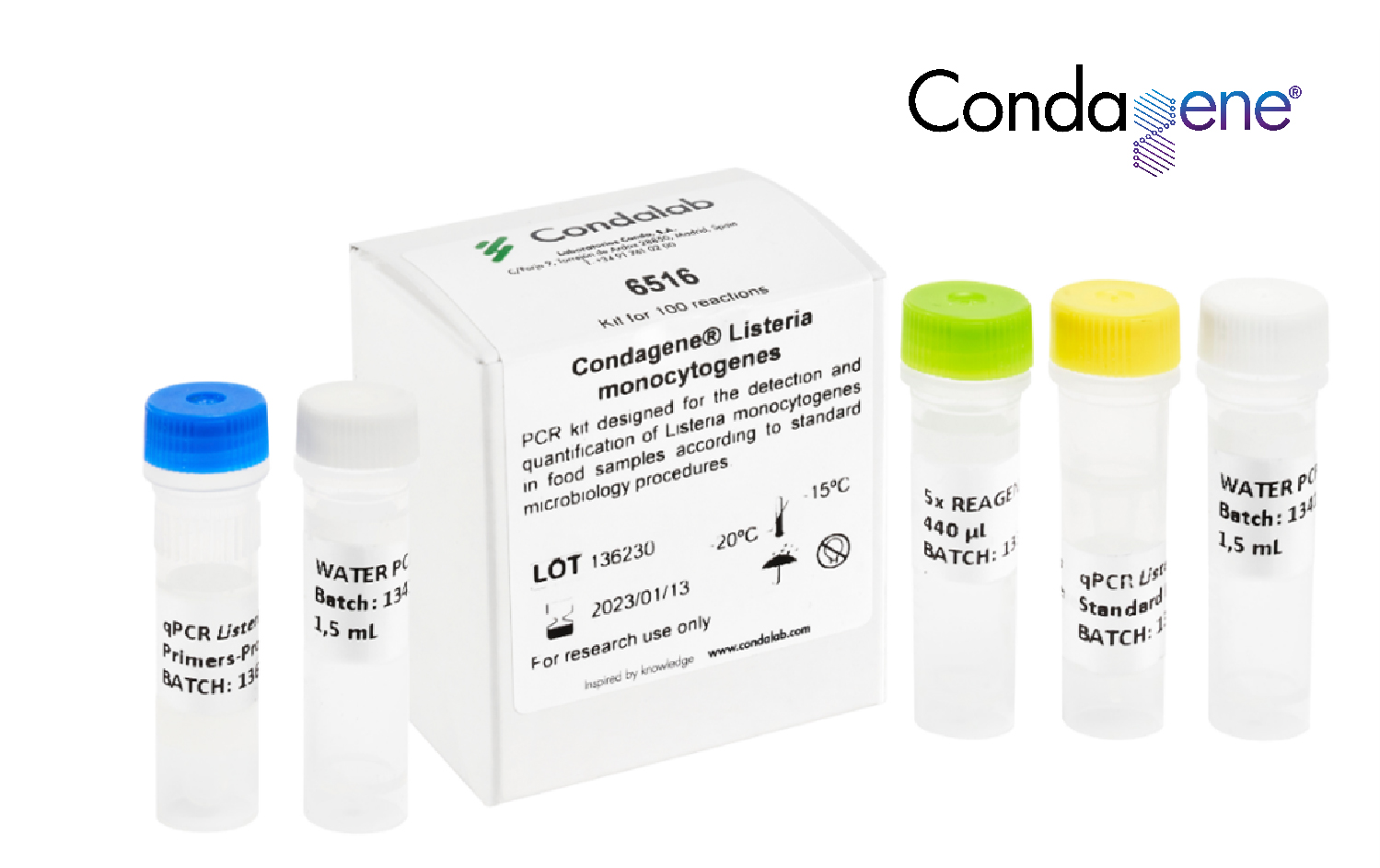Published: 21/02/24 09:28 Categories: Microbiology
The genus Listeria contains gram-positive bacteria with bacillus morphology. It is a genus consisting of only 6 species, being Listeria monocytogenes the most important because it is a pathogenic species found in foodstuffs for human consumption.
The health impact of Listeria
L. monocytogenes is responsible for listeriosis, a food poisoning with a mortality rate of about 30%. In most cases, infection with this pathogen results in fever and influenza-like symptoms, but in some cases, it can progress to meningoencephalitis.
Its pathogenicity is due to its properties, which allow it to survive environmental stress conditions: it is facultative anaerobic, can grow in a wide range of temperatures (1ºC to 45ºC) and in a high concentration of salts. Also, it is a motile microorganism by means of flagella, which further increases its pathogenicity, together with its capability to form biofilms on surfaces.

In recent months there have been outbreaks of listeria in processed foods, this is due to a breakdown in microbiological control in the industry. Since it is widely spread throughout nature and unfortunately it is commonly found in food processing plants.
Due to all its properties, it is one of the most important microorganisms to control in the food industry.
How do you prevent these outbreaks?
To avoid contamination by Listeria monocytogenes, strict microbiological control is essential in the food industry. Companies which produce ready-to-eat foods that are susceptible to the growth of this bacterium should sample all production areas and equipment as part of their sampling plan to detect possible Listeria contamination.
The presence of Listeria in food is analyzed according to the guidelines contained in ISO 11290:2017.
On the other hand, if we consider rapid detection methods, we have Condagene®, a qPCR kit for the detection of Listeria monocytogenes that allows the bacteria to be detected accurately and efficiently.
Our Condagene® kits have major advantages, the most important of which is to achieve results in a very short time. While traditional methods take an average of 10 days, with our Condagene kits you can get results in as little as a day and a half. Furthermore, if the result is negative, there is no need to check it.

This technique offers great sensitivity, accuracy, and speed that allow you to achieve excellent results, especially in situations such as outbreaks where the most critical thing is to provide fast and reliable results.
If you are interested in learning more about our products, please do not hesitate to contact us.

 Food fraud: How do we detect it?
Food fraud: How do we detect it?
 Visit Us at MEDICA 2025 – Discover Our Precise Detection Solutions
Visit Us at MEDICA 2025 – Discover Our Precise Detection Solutions
 PCR: The Technique Revolutionizing Rapid Detection in the Food Industry
PCR: The Technique Revolutionizing Rapid Detection in the Food Industry
 How Culture Media Ensure the Safety, Efficacy, and Quality of Medicines
How Culture Media Ensure the Safety, Efficacy, and Quality of Medicines
 Meeting us at MEDLAB MIDDLE EAST 2025
Meeting us at MEDLAB MIDDLE EAST 2025